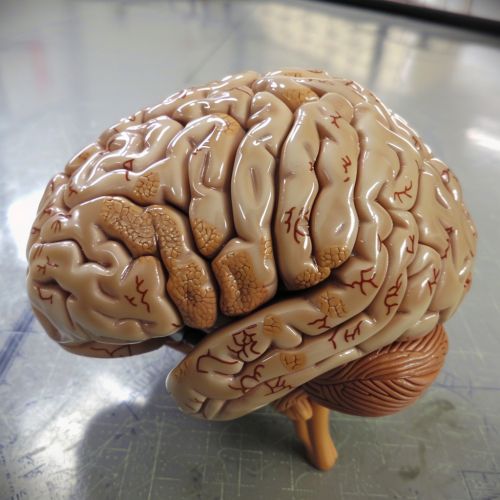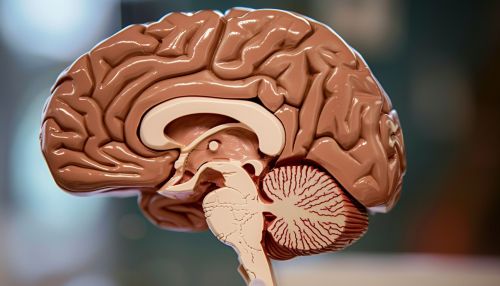Structure of Intellect
Introduction
The Structure of Intellect (SOI) theory is a comprehensive model of human intelligence developed by American psychologist J.P. Guilford. This model proposes that intelligence is not a single, monolithic construct, but rather a complex interplay of multiple cognitive abilities. Guilford's work has had a significant impact on the field of psychometrics and educational psychology, providing a framework for understanding the multifaceted nature of human cognitive abilities.
Historical Background
J.P. Guilford introduced the SOI model in the mid-20th century, challenging the prevailing notion of intelligence as a single general ability, often referred to as g. Guilford's model was a departure from earlier theories, such as those proposed by Charles Spearman and Louis Thurstone, which emphasized a more unitary view of intelligence. Guilford's extensive research and factor-analytic studies led to the identification of multiple dimensions of cognitive abilities, which he categorized into three main dimensions: operations, contents, and products.
The Three Dimensions of SOI
Operations
The operations dimension refers to the mental processes involved in cognitive tasks. Guilford identified several distinct operations, including:
- Cognition: The ability to understand and comprehend information.
- Memory: The capacity to store and retrieve information.
- Divergent Production: The ability to generate multiple solutions to a problem.
- Convergent Production: The ability to derive a single correct solution to a problem.
- Evaluation: The ability to judge the accuracy and relevance of information.
Contents
The contents dimension pertains to the types of information that individuals process. Guilford categorized contents into five types:
- Figural: Information that is visual or spatial in nature.
- Symbolic: Information represented by symbols, such as numbers or letters.
- Semantic: Information related to language and meaning.
- Behavioral: Information pertaining to human behavior and social interactions.
- Auditory: Information that is processed through hearing.
Products
The products dimension involves the outcomes of cognitive processes. Guilford identified six types of products:
- Units: Single items of information.
- Classes: Groups or categories of information.
- Relations: Connections between items of information.
- Systems: Organized sets of information.
- Transformations: Changes or modifications of information.
- Implications: Inferences or predictions based on information.


Applications of SOI
The SOI model has been applied in various fields, including education, psychology, and cognitive science. In educational settings, the model has been used to develop curricula and instructional strategies that cater to diverse cognitive abilities. For example, SOI-based programs aim to enhance students' problem-solving skills, creativity, and critical thinking by targeting specific cognitive operations.
In psychological assessment, the SOI model has informed the development of intelligence tests that measure a broad range of cognitive abilities. These tests provide a more nuanced understanding of an individual's cognitive strengths and weaknesses, allowing for more personalized interventions and support.
Criticisms and Controversies
Despite its contributions, the SOI model has faced criticism and controversy. Some researchers argue that the model is overly complex and difficult to operationalize. Others question the empirical support for the distinct dimensions and categories proposed by Guilford. Additionally, the SOI model's emphasis on multiple intelligences has been debated in the context of the broader intelligence research community, with some scholars advocating for a more integrative approach.
Recent Developments
Recent advancements in cognitive neuroscience and psychometrics have provided new insights into the structure of human intelligence. Modern research has explored the neural correlates of cognitive abilities, shedding light on the brain regions and networks involved in different types of cognitive processes. These findings have implications for the SOI model, suggesting potential refinements and extensions to Guilford's original framework.
Conclusion
The Structure of Intellect model remains a seminal contribution to the understanding of human intelligence. By highlighting the diversity and complexity of cognitive abilities, Guilford's work has paved the way for more comprehensive and individualized approaches to education, assessment, and cognitive research. As the field continues to evolve, the SOI model serves as a foundational reference point for exploring the multifaceted nature of human cognition.
